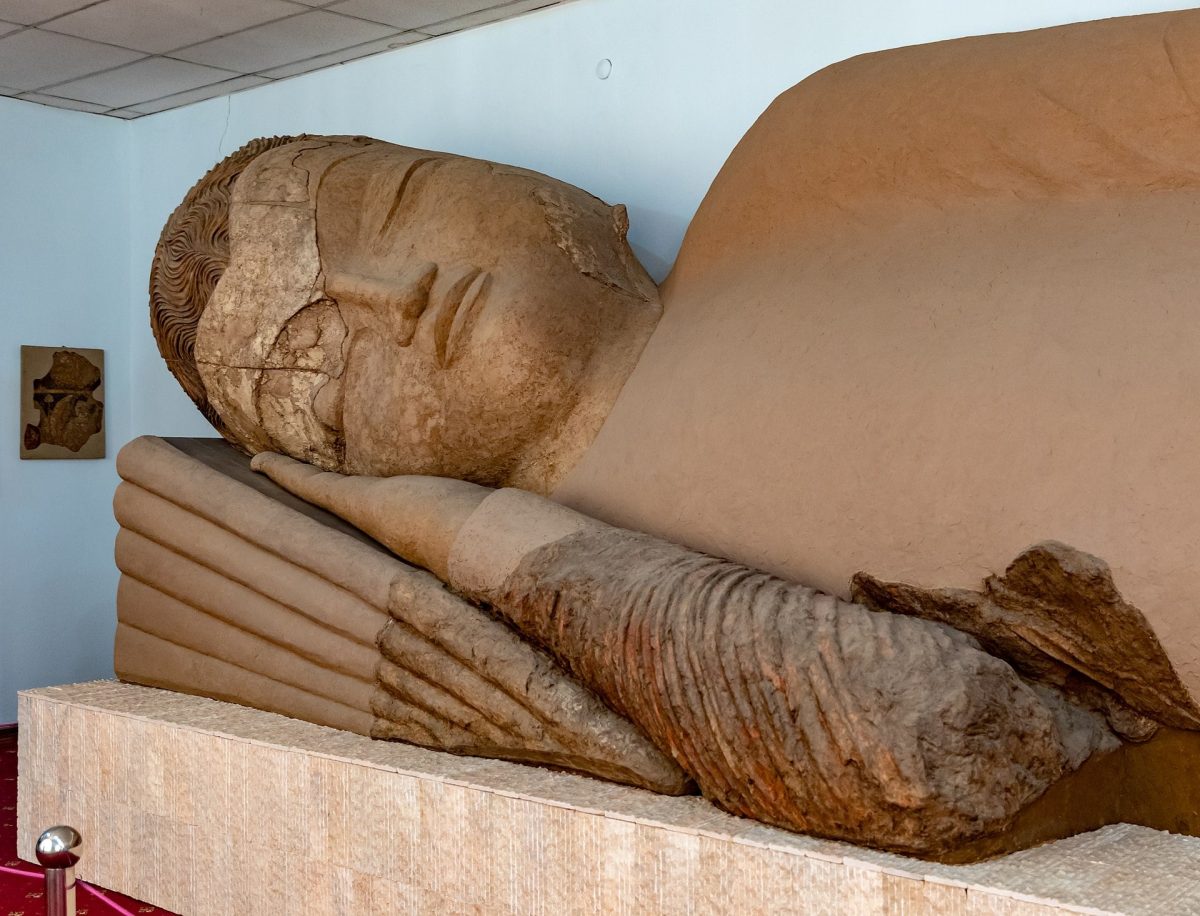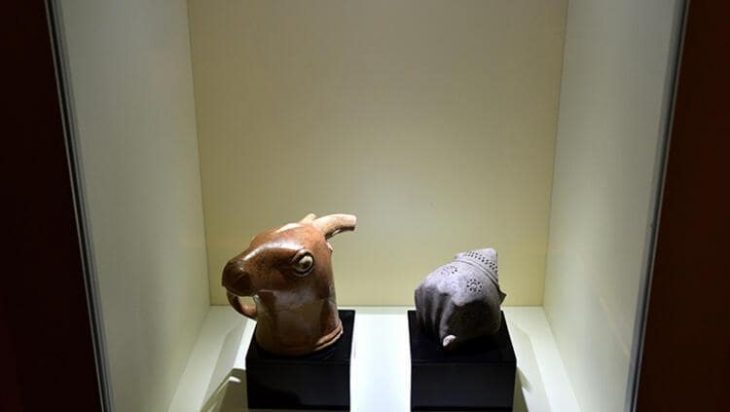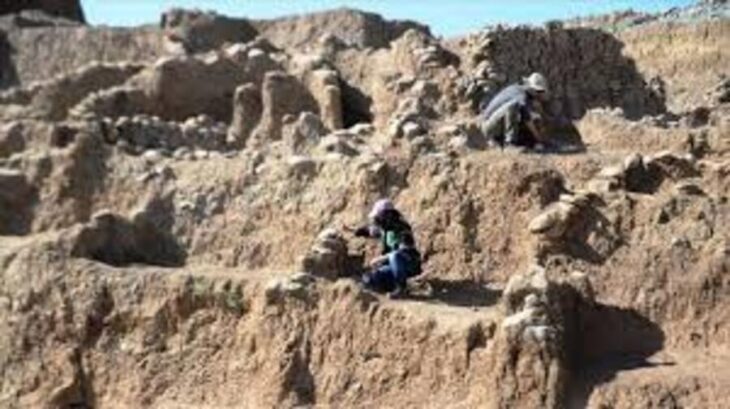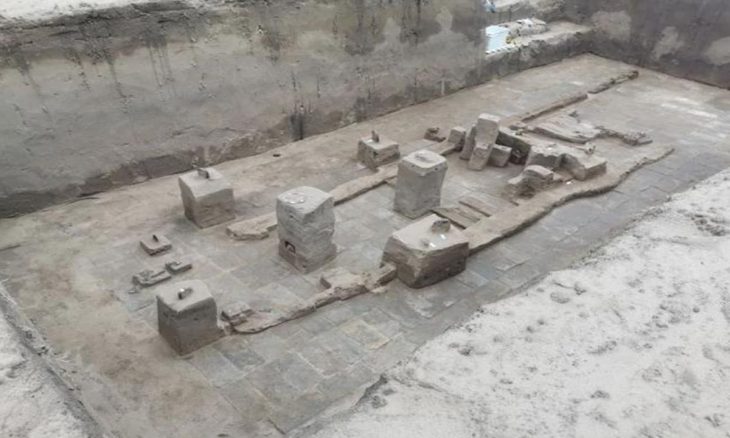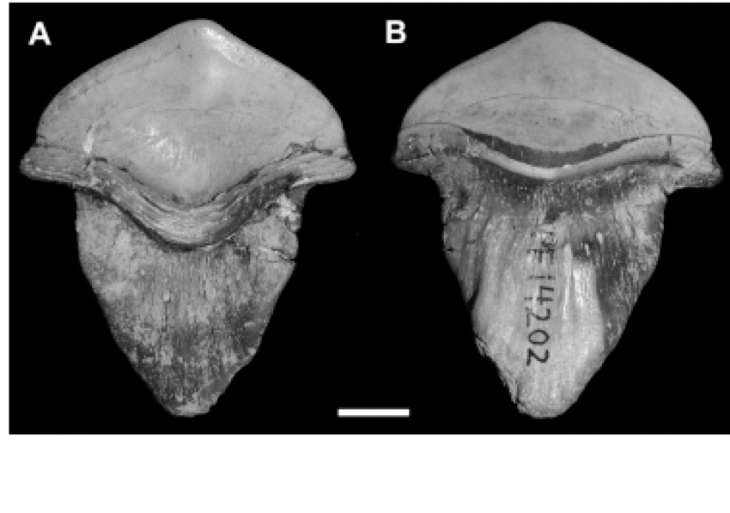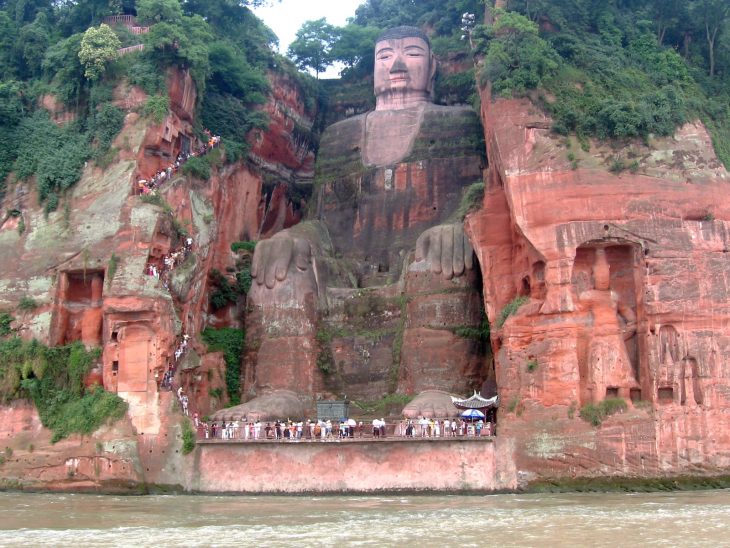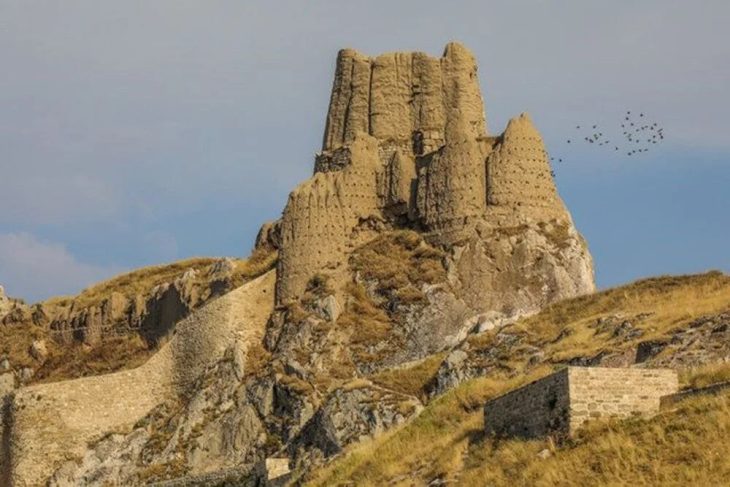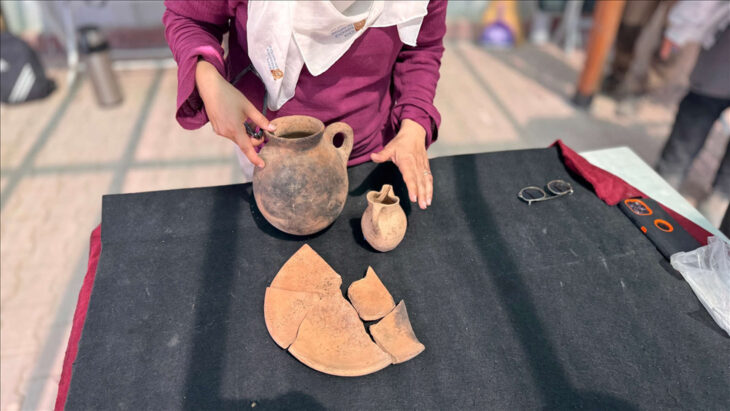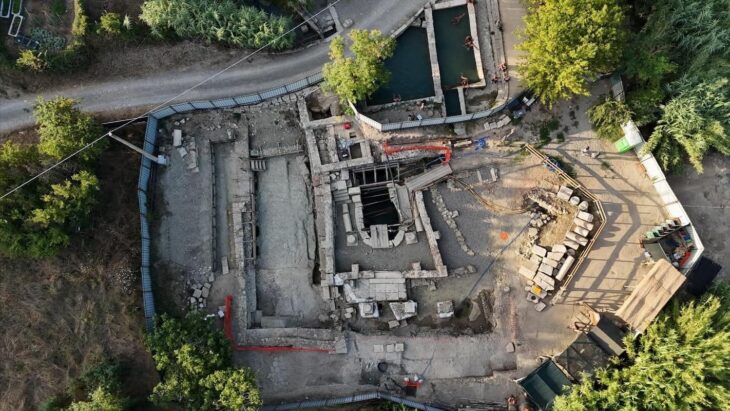In the past, while Taliban soldiers in Afghanistan destroyed two immense statues of Buddha, art historians in neighboring Tajikistan meticulously restored a huge reclining Buddha from the same period. The world’s largest “Buddha in Nirvana.”
Tajikistan carefully preserves the artifacts of Buddhism. The country is also home to the world’s largest clay statue of Buddha in Nirvana.
It is not for nothing that the Buddha in Dushanbe attracts thousands of tourists and pilgrims every year. This is the largest statue of Buddha in Nirvana in the world. Its length is about 14 meters, and it was created as much as 1600 years ago. The Museum of Antiquities in Dushanbe became famous precisely thanks to her. Buddha today is one of the main attractions of the country.
The terra-cotta figure, found in the 1960s among the ruins of a temple in southern Tajikistan, depicts a reclining Buddha, one hand resting on his hip, the other on a pile of pillows.
Soviet archaeologists discovered the Buddha in the temple at the ruins of Adjina-Tepa, on a wind-swept field 50 miles north of the Afghan border.
📣 Our WhatsApp channel is now LIVE! Stay up-to-date with the latest news and updates, just click here to follow us on WhatsApp and never miss a thing!!
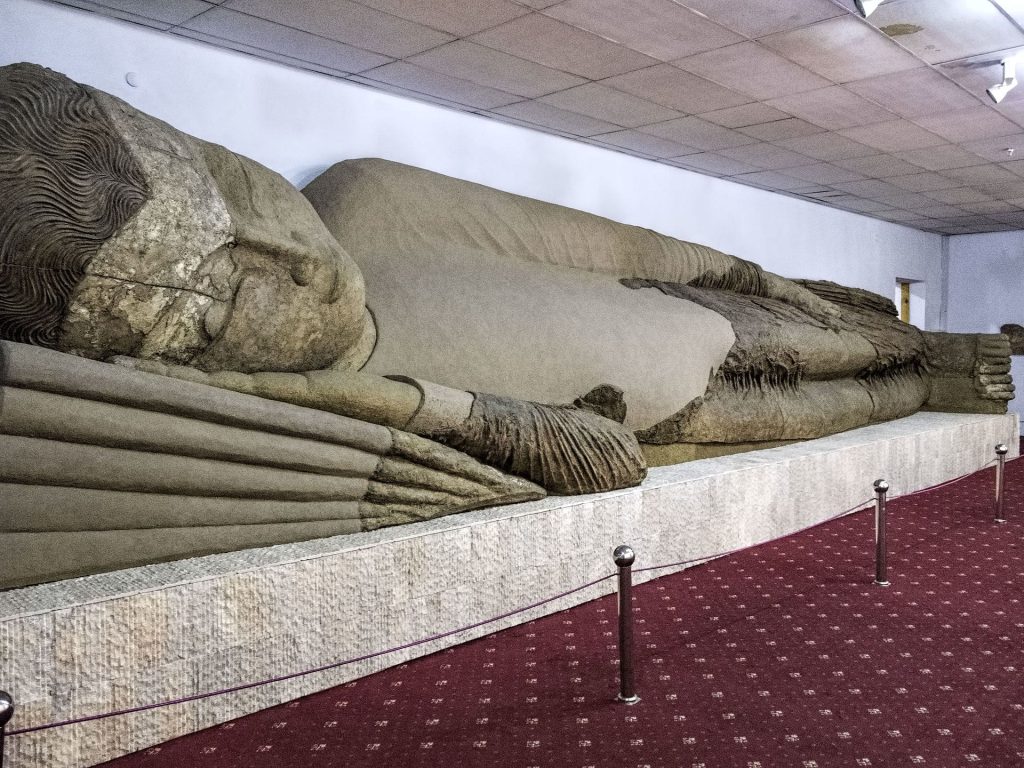
Known as Buddha in Nirvana, it was created in the sixth or seventh century and is believed to be a relic from the time when Buddhism ruled over the high mountains and deep valleys of Central Asia and Afghanistan before the advent of Islam.
Like its Afghan cousins, Tajikistan’s Buddha is huge: 42 feet long and 9 feet high. The statue is housed in a hall that is a replica of the room in a Buddhist monastery where the Buddha was once kept, visited by worshipers who entered the room, walked past the statue, and walked out.
For more than 30 years after its discovery, the statue was kept in three separate pieces in the storage rooms of the Tajik Museum of Architecture and History because there was no money to restore it.
Following independence, Tajikistan invited restorers from Russia’s Hermitage Museum in St. Petersburg and solicited foreign grants. A French non-governmental organization, the Agency for Technological Cooperation and Development, helped pay specialists involved in the restoration. In early 2001, the United States allocated 30 thousand dollars for the restoration of the clay figure. A little later the Japanese government issued a grant of 260 thousand dollars to the museum.
For the final restoration of the Buddha, restorers from the Hermitage, under the direction of Vera Fomin, came to the aid of their Tajik colleagues of the Museum of Antiquities.
The restoration of the giant statue lasted two years (2000-2001). The largest clay statue of Buddha in the world appeared before the visitors of the Museum of Antiquities on September 9, 2000, the day of the 10th anniversary of the independence of Tajikistan.
More than 97% of the population of Tajikistan today are Muslims, and according to the museum’s management, caring for artifacts and ancient objects of worship from the pre-Islamic era speaks of tolerance and respect for other faiths and demonstrates the true face of a Muslim.
Cover Photo: Commons

